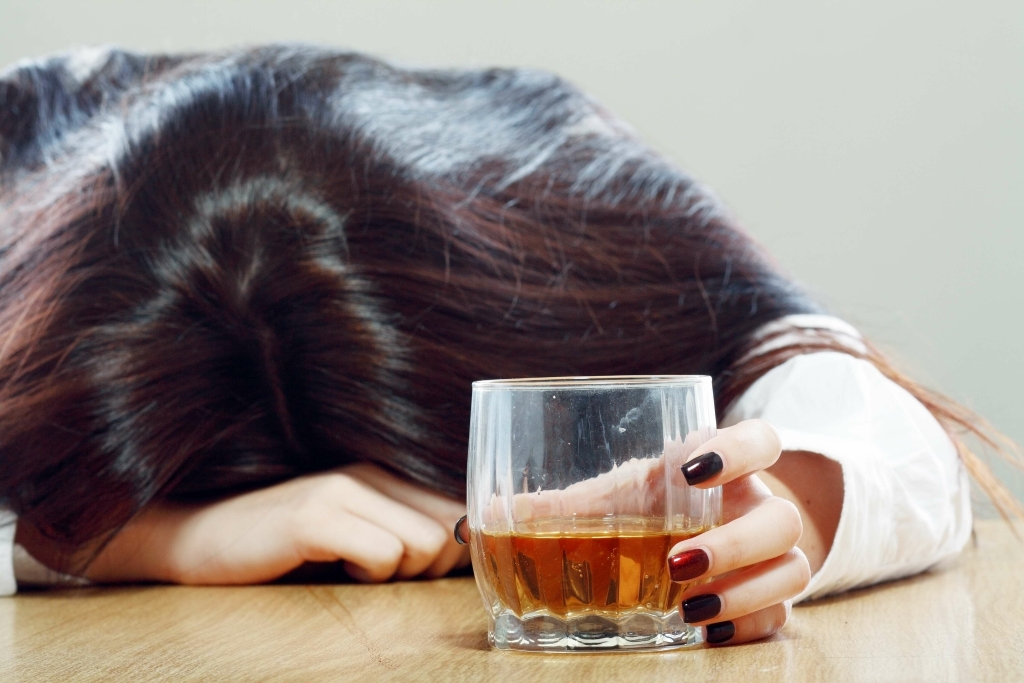Content
These results suggest that researchers should strive to consider alternative mechanisms, improve assessment methods and/or revise theories about how CBT-based interventions work . Results of a preliminary nonrandomized trial supported the potential utility of MBRP for reducing substance use. In this study incarcerated individuals were offered the chance to participate in an intensive 10-day course in Vipassana meditation . Those participating in VM were compared to a treatment as usual group on measures of post-incarceration substance use and psychosocial functioning. Relative to the TAU group, the VM group reported significantly lower levels of substance use and alcohol-related consequences and improved psychosocial functioning at follow-up .
Dual process accounts of addictive behaviors are likely to be useful for generating hypotheses about dynamic relapse processes and explaining variance in relapse, including episodes of sudden divergence from abstinence to relapse. Implicit cognitive processes are also being examined as an intervention target, with some potentially promising results . Expectancy research has recently started examining the influences of implicit cognitive processes, generally defined as those operating automatically or outside conscious awareness . Recent reviews provide a convincing rationale for the putative role of implicit processes in addictive behaviors and relapse . Implicit measures of alcohol-related cognitions can discriminate among light and heavy drinkers and predict drinking above and beyond explicit measures .
Relapse Prevention and the Five Rules of Recovery
Many people believe that the problem in OCD is having these intrusive thoughts, but research has shown that this is not the problem. In fact the intrusive thoughts that cause so much distress for people with OCD are really not much different from intrusive thoughts experienced by everyone. This has important implications for relapse prevention, because if the person with OCD assumes that having the intrusive thought is a major problem, they are likely to assume treatment has failed. Part of what needs to change in treatment is the thinking about the intrusive thought. Some researchers propose that the self-control required to maintain behavior change strains motivational resources, and that this “fatigue” can undermine subsequent self-control efforts .
- As was the case for Marlatt’s original RP model, efforts are needed to systematically evaluate specific theoretical components of the reformulated model .
- In Santé Center for Healing’s holistic therapy program in Argyle, TX, individuals can find options like mindfulness-based relapse prevention, 12 step programs, alumni programming, nutrition support, and more.
- For those times when we find ourselves alone, we need to have a plan.
- Relative to the TAU group, the VM group reported significantly lower levels of substance use and alcohol-related consequences and improved psychosocial functioning at follow-up .
- Part of strategizing for recovery can be writing a relapse prevention plan and taking steps to help yourself stick to it.
The cognitive challenge is to acknowledge that recovery is sometimes hard work but addiction is even harder. If addiction were so easy, people wouldn’t want to quit and wouldn’t have to quit. A basic fear of recovery is that the individual is not capable of recovery. The belief is that recovery requires some special strength or willpower that the individual does not possess.
Implementing Relapse Prevention Strategies
When people don’t understand relapse prevention, they think it involves saying no just before they are about to use. But that is the final and most difficult stage to stop, which is why people relapse. If an individual remains in mental relapse long enough without the necessary coping skills, clinical experience has shown they are more likely to turn to drugs or alcohol just to escape their turmoil. For the prevention of relapse in Major Depressive Disorder, several approaches and intervention programs have been proposed. Mindfulness-based Cognitive Therapy is commonly used and was found to be effective in preventing relapse especially in patients with more pronounced residual symptoms. Preventive Cognitive Therapy has been found to be equally effective in preventing a return of depressive symptoms as antidepressant medication use alone in the long-term treatment of Major Depressive Disorder. In combination with pharmaceuticals, it was found to be even more effective than antidepressant use alone.

Consistent with this idea, EMA studies have shown that social drinkers report greater alcohol consumption and violations of self-imposed drinking limits on days when self-control demands are high . Limit violations were predictive of responses consistent with the AVE the following day, and greater distress about violations in turn predicted greater drinking . Findings also suggested that these relationships varied based on individual differences, suggesting the interplay of static and dynamic factors in AVE responses. Evidence further suggests that practicing routine acts of self-control can reduce short-term incidence of relapse.
Patient Care Network
We smoke a cigarette, avoid support group meeting, or miss our regular exercise appointment. One of the key components is identifying the factors, variables or situations that could precipitate, influence, or contribute to a relapse.
- You want to think about the usage patterns you see in yourself and situations that led you to use drugs or alcohol in the past.
- Alcohol.org is a subsidiary of AAC, a nationwide provider ofaddiction treatment services.
- Using these techniques can mean the difference between staying sober and relapse.
- The key to initiating and sustaining abstinence – that is, preventing relapse – is to develop a range of skills to cope with anticipated and potentially unforeseen challenges.
Clinical experience has shown that this stage usually lasts 2 to 3 years. Disulfiram blocks aldehyde dehydrogenase, an enzyme fundamental to alcohol metabolism. When someone consumes alcohol while taking disulfiram, acetaldehyde, an intermediate and relatively toxic by-product, accumulates 5- to 10-fold relative to normal circumstances. A most disagreeable clinical consequence, the “disulfiram reaction,” develops. Diaphoresis, headache, dyspnea, hypotension, flushing, palpitations, nausea, and vomiting can all occur.
